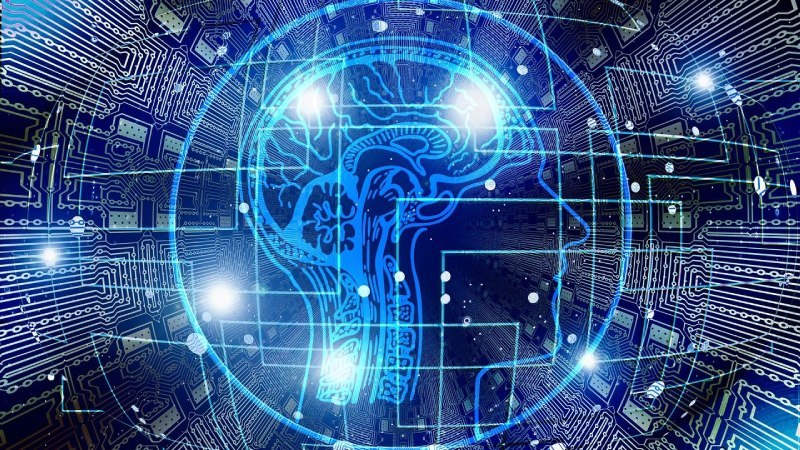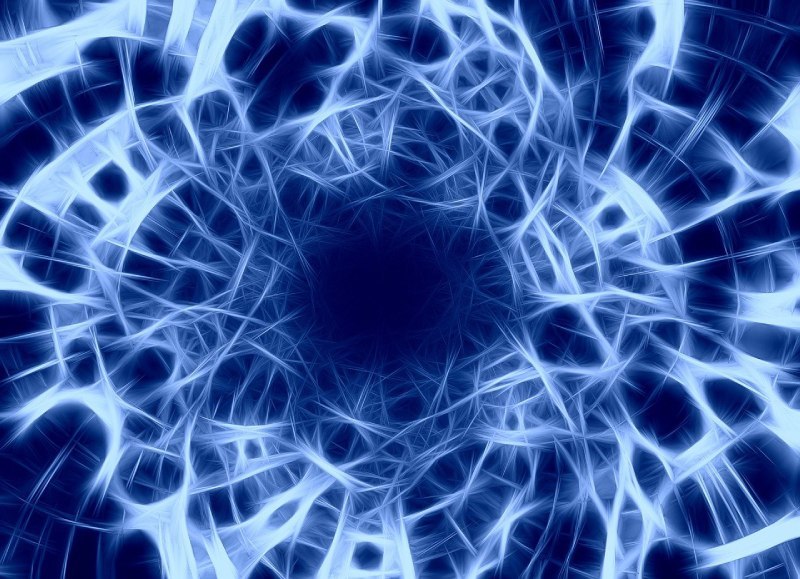
The human nervous system is one of the most complex biological systems responsible for controlling movement, sensation, and cognitive functions. Damage to nerves due to injury, disease, or aging can lead to debilitating conditions such as paralysis, neuropathy, and chronic pain. However, advancements in medical technology have brought new hope for patients suffering from nerve-related issues. Technology is crucial in improving nerve function, from nerve regeneration therapies to brain-computer interfaces (BCIs).
This article explores the latest breakthroughs in neuroscience and biotechnology that are revolutionizing the treatment of nerve damage and enhancing nerve function recovery.
Understanding the Nervous System and Nerve Damage
The nervous system comprises the central nervous system (CNS) and the peripheral nervous system (PNS). The CNS, which includes the brain and spinal cord, processes information and controls body functions. The PNS, composed of nerves extending from the spinal cord, connects the CNS to the rest of the body.
Nerve damage can result from various causes, including:
- Trauma: Accidents, falls, or surgical complications can sever or compress nerves.
- Neurological Disorders: Conditions like multiple sclerosis (MS), Parkinson’s disease, and amyotrophic lateral sclerosis (ALS) impact nerve function.
- Diabetes: Diabetic neuropathy is a common complication leading to loss of sensation.
- Aging: Degeneration of nerve cells over time can lead to cognitive decline and mobility issues.
- Infections: Viruses like herpes zoster and Lyme disease can damage nerves.
The ability of nerves to heal depends on several factors, including the type and severity of the damage. While peripheral nerves have some regenerative capacity, spinal cord injuries and damage to CNS neurons are particularly challenging to repair. However, new technologies are emerging that improve nerve function and aid recovery.
Cutting-edge Technologies for Nerve Function Improvement

1. Neuroprosthetics and Brain-Computer Interfaces (BCIs)
Neuroprosthetics are artificial devices designed to restore lost nerve functions. These include:
- Cochlear Implants: Helping restore hearing by bypassing damaged auditory nerves.
- Retinal Implants: Assisting visually impaired individuals by stimulating the optic nerve.
- Motor Neuroprosthetics: Helping paralyzed patients regain mobility through direct brain control of external devices.
Brain-computer interfaces (BCIs) enable communication between the brain and external machines, allowing paralyzed individuals to control prosthetic limbs, wheelchairs, and even computers using their thoughts. Notable advancements include:
- Neuralink by Elon Musk: This implantable device aims to create high-bandwidth connections between the brain and computers, potentially restoring mobility in spinal cord injury patients.
- The BrainGate Project: Researchers have successfully demonstrated that patients with paralysis can control robotic arms using BCIs.
These technologies represent a significant leap in assisting individuals with nerve damage to regain independence.
2. Stem Cell Therapy for Nerve Regeneration
Stem cell research has unlocked promising avenues for nerve repair and regeneration. Scientists are using different types of stem cells, including:
- Embryonic Stem Cells (ESCs): Capable of differentiating into any cell type, offering great potential for nerve regeneration.
- Induced Pluripotent Stem Cells (iPSCs): Reprogrammed adult cells that can develop into nerve cells and help repair damaged neurons.
- Mesenchymal Stem Cells (MSCs): Known for their anti-inflammatory and regenerative properties, MSCs are being explored for treating spinal cord injuries and neurodegenerative diseases.
Clinical trials have shown that stem cell therapy can stimulate the growth of new neurons, improve nerve signaling, and restore function in patients with nerve damage.
3. Gene Therapy for Nerve Function Restoration
Gene therapy involves altering genes to treat or prevent diseases. In nerve function improvement, gene therapy is being used to:
- Promote Nerve Regeneration: Scientists are using gene editing tools like CRISPR to enhance the expression of proteins that support nerve growth.
- Correct Genetic Disorders: Certain neurodegenerative conditions, such as spinal muscular atrophy (SMA), can be treated using gene therapy. Zolgensma, a gene therapy drug, has been approved for treating SMA in infants.
- Reduce Pain Signals: Gene therapy is also being explored to manage chronic pain by modifying pain receptors in the nervous system.
While still in experimental stages, gene therapy has the potential to revolutionize the treatment of nerve-related disorders.
4. Electrical Stimulation for Nerve Function Enhancement
Electrical stimulation is a well-established method for improving nerve function. Different types of stimulation techniques include:
- Transcutaneous Electrical Nerve Stimulation (TENS): Used for pain relief and promoting nerve function in conditions like diabetic neuropathy.
- Spinal Cord Stimulation (SCS): Involves implanting electrodes near the spinal cord to restore movement in paralyzed patients.
- Functional Electrical Stimulation (FES): Helps stroke and spinal cord injury patients regain movement by stimulating paralyzed muscles.
Recent advancements in electrical stimulation have successfully restored partial function in spinal cord injury patients. Research at the University of Louisville has shown that individuals with paralysis could regain movement after undergoing epidural spinal cord stimulation. Additionally, devices like Rezzimax Pain Tuner Pro are gaining popularity for their ability to provide non-invasive neuromodulation, using targeted vibrations to reduce nerve pain and promote healing.
5. 3D Printing and Tissue Engineering for Nerve Repair
3D printing is revolutionizing nerve regeneration by creating:
- Artificial Nerve Grafts: These biocompatible structures guide nerve regeneration in injured areas.
- Bioengineered Scaffolds: Providing a framework for nerve cells to grow and reconnect.
- Personalized Implants: Tailored to the patient’s anatomy for better recovery outcomes.
Scientists have successfully used 3D-printed nerve conduits to restore function in animal models, paving the way for future human applications.
6. Artificial Intelligence (AI) and Robotics in Neurorehabilitation
AI and robotics are transforming the way nerve function rehabilitation is conducted. Some key applications include:
- AI-Assisted Diagnosis: Machine learning algorithms analyze brain scans to detect early signs of nerve disorders.
- Robotic Exoskeletons: Assisting individuals with spinal cord injuries in regaining mobility.
- Virtual Reality (VR) Therapy: VR-based rehabilitation programs are helping stroke patients recover motor skills.
These technologies provide personalized rehabilitation plans and enhance patient outcomes.
7. Nutraceuticals and Nanotechnology for Nerve Healing
- Nutraceuticals: Certain dietary supplements, such as omega-3 fatty acids, curcumin, and B vitamins, support nerve regeneration and reduce inflammation.
- Nanotechnology: Nanoparticles are being used to deliver targeted drug therapies directly to damaged nerves, minimizing side effects and improving treatment efficacy.
8. Wearable Technologies for Nerve Health Monitoring and Rehabilitation
Wearable technology is playing a crucial role in nerve function monitoring and rehabilitation. Devices such as smart gloves, biosensors, and neurofeedback headsets allow patients and healthcare professionals to track nerve activity, muscle movement, and recovery progress in real time. Wearable electromyography (EMG) sensors can detect nerve signals and provide biofeedback, helping individuals retrain their nervous systems after injury. Additionally, smart textiles embedded with flexible electrodes can stimulate nerves and muscles, promoting faster recovery. These innovations enable more personalized rehabilitation programs, allowing patients to engage in therapy from home while receiving remote guidance from specialists.
Challenges and Future Directions
Despite these breakthroughs, several challenges remain in the field of nerve function improvement:
- Ethical Concerns: Gene editing and stem cell therapy raise ethical and regulatory questions.
- High Costs: Advanced treatments such as BCIs and robotic exoskeletons are expensive and inaccessible.
- Long-Term Safety: More research is needed to ensure the safety and effectiveness of emerging technologies.
Future advancements may focus on:
- Developing More Affordable Treatments: Making nerve regeneration therapies accessible to a broader population.
- Enhancing Neuroplasticity: Using AI and brain stimulation techniques to accelerate nerve recovery.
- Combining Multiple Approaches: Integrating stem cell therapy, gene editing, and neuroprosthetics for better outcomes.
Conclusion
Technology is transforming the field of nerve function improvement, offering hope to millions of people affected by nerve damage. From brain-computer interfaces to stem cell therapy and AI-powered rehabilitation, innovative solutions enhance recovery and improve quality of life. As research evolves, the dream of restoring full nerve function may soon become a reality, opening new possibilities for medical science and patient care.